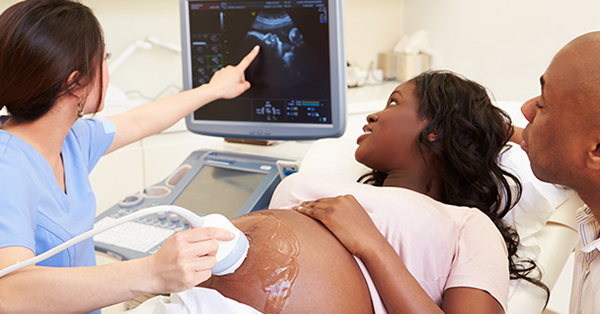NIH-funded study suggests this approach may also reduce risk of preeclampsia, need for newborn respiratory support

WHAT:
Healthy first-time mothers whose labor was induced in the 39th week of pregnancy were less likely to have a cesarean delivery, compared to a similar group who were not electively induced at 39 weeks, according to a study funded by the National Institutes of Health. Women in the induced group were also less likely to experience pregnancy-related blood pressure disorders, such as preeclampsia, and their infants were less likely to need help breathing in the first 3 days.
The study results will be presented at the annual meeting of the Society for Maternal-Fetal Medicine in Dallas on Feb. 1 at 11 a.m. EST.
More than 6,100 first-time mothers in the NICHD Maternal Fetal Medicine Units Network were randomly assigned to induced labor or to expectant management. Cesarean delivery was less frequent in the induced labor group (19 percent) versus the expectant management group (22 percent). Preeclampsia and gestational hypertension occurred in 9 percent of the induced group and 14 percent of the expectant management group. Among newborns, 3 percent in the induced group needed respiratory support, compared to 4 percent in the expectant management group.
WHO:
Uma Reddy, M.D., NICHD Pregnancy and Perinatology Branch, study co-investigator, is available for comment.
ABSTRACT:
Grobman, W. LBO1: A randomized trial of elective induction of labor at 39 weeks compared with expectant management of low-risk nulliparous women. American Journal of Obstetrics and Gynecology. January 2018. http://dx.doi.org/10.1016/j.ajog.2017.12.016 .
###
About the Eunice Kennedy Shriver National Institute of Child Health and Human Development (NICHD): NICHD conducts and supports research in the United States and throughout the world on fetal, infant and child development; maternal, child and family health; reproductive biology and population issues; and medical rehabilitation. For more information, visit http://www.nichd.nih.gov.
About the National Institutes of Health (NIH): NIH, the nation's medical research agency, includes 27 Institutes and Centers and is a component of the U.S. Department of Health and Human Services. NIH is the primary federal agency conducting and supporting basic, clinical, and translational medical research, and is investigating the causes, treatments, and cures for both common and rare diseases. For more information about NIH and its programs, visit http://www.nih.gov.

 BACK TO TOP
BACK TO TOP